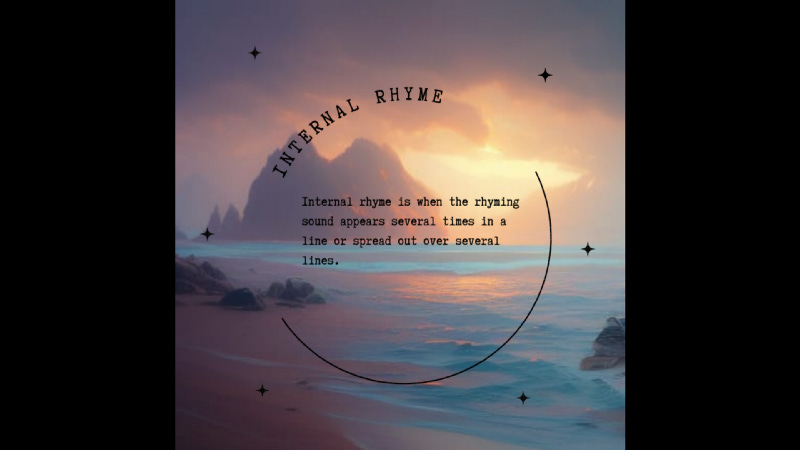The Craft of Writing: Creating Rhythm
By using rhythm, we can craft poems that are not only pleasing to the ear but also rich in meaning and emotion.
Hello, my fellow writers!
I am so excited that we get to talk together about writing for a bit.
Many poems that we adore as readers and fellow writers are ones that have a beautiful cadence or rhythm to them. They are memorable to us because of the techniques poets use to create that rhythm. Several techniques poets use to create rhythm are alliteration, repetition, rhyme, and internal rhyme.
Alliteration appears in a poem as the repetition of the first sound in words scattered throughout a line, a stanza, or many stanzas. This repetition creates a musical quality that can add rhythm and flow to a poem. For example, in the line “Peter Piper picked a peck of pickled peppers,” the repetition of the “p” sound creates a strong alliterative effect.
Repetition is another powerful tool for creating rhythm in poetry. It can be used to repeat a word, phrase, or line throughout a poem, creating a sense of continuity and structure. For example, in Edgar Allan Poe’s poem “Annabel Lee,” the repetition of the phrase “…beautiful Annabel Lee” scattered throughout the poem creates a sense of deep love and devotion.
Rhyme is another common technique used to create rhythm in poetry. Rhyme is the repetition of the final sound of words in a line or stanza. It can be used to create a sense of harmony and balance in a poem.
Internal rhyme is a variation of rhyme that occurs within a line or lines of poetry, rather than just at the end of a line. This technique can add a subtle layer of rhythm and musicality to a poem. For example — and to return to — Poe’s poem “Annabel Lee,” the internal rhyme of “beams” and “dreams” in the final stanza (“For the moon never beams, without bringing me dreams”) adds a sense of mystical mystery to the poem.
There are other tools that writers use to create rhythm, like working with syllables in the words themselves, ie iambi pentameter, but alliteration, repetition, rhyme, and internal rhyme are all powerful tools we can mindfully pull into our writing to create rhythm. By doing so, we can craft poems that are not only pleasing to the ear but also rich in meaning and emotion.
If you’re interested in a more in-depth look into crafting rhythm, please feel free to visit RionnaMorgan.cent.co where I have a video feature: The Craft of Writing: Crafting Rhythm, focusing on this very topic. In the video session, we walk through examples of each element mentioned above, we prepare a poem together utilizing the stages of the writing process — planning through the final draft — and we even discuss communities in Web3 where writers can collaborate with others with the goal of ultimately publishing their work — in the manner in which the author chooses.
Happy Writing, everyone! I can’t wait to experience the beautiful work you craft!








